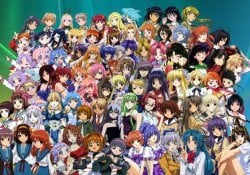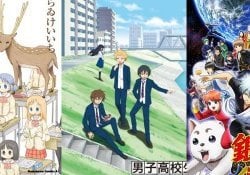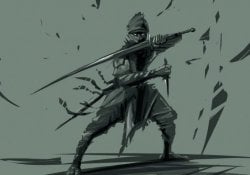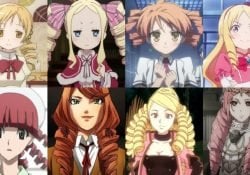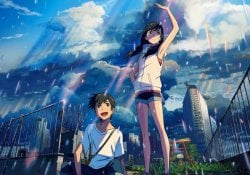The technique of rotoscoping is famous in the world of animation and filming. It brings the reality of our universe to the animated screens, making the fictional characters gain more natural and human movements – or fighting movements more similar to those of the real masters.
Developed by Polish-American Max Fleischer, the technique consists of redrawing the frames from footage to be used in animations. Despite being a technique perfected in the story, it was basically her that started the animations.
Developers illustrate the entire movement and, in some productions, the face of the actor performing the scene. It is hard work, because it is necessary to illustrate frame by frame.
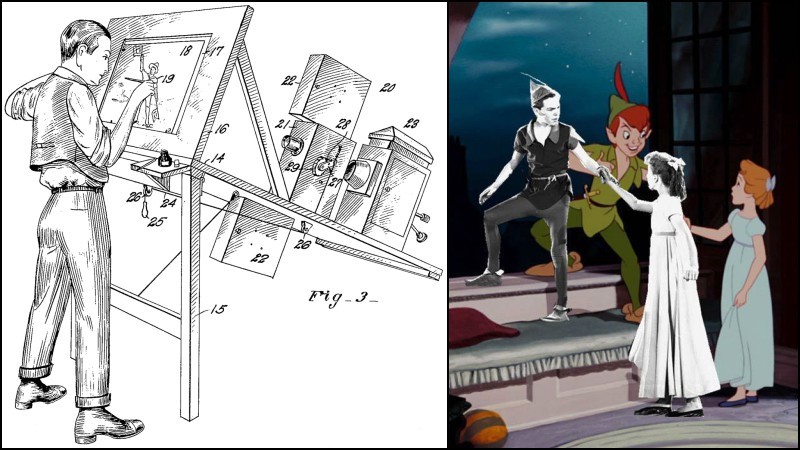
nowadays the animations usually use 60 frames per second – the famous 60 FPS (frames per second). This means that each second of the movie has a total of 60 photos. The illustrator must redraw the movement sixty times. This guarantees the naturalness of the movement and the smoothness of it.
Despite the great manual work that creators perform when using the technique. The results – if used well – bring great respect and appreciation from the public. Not to mention that it can sometimes be easier than drawing from scratch.
Speaking in this way, we can imagine that rotoscoping is quite similar to stop motion. Both use frames to create an animation, but rotoscoping usually takes these frames straight from film or photographs.
Índice de Conteúdo
Rotoscoping in Japanese Anime
The anime that reaped good fruits from the technique of rotoscoping it was the movies Neon Genesis Evangelion: The End of the Evangelion and Cowboy Bebop: The film. They were the two great works responsible for popularizing this technique in anime.
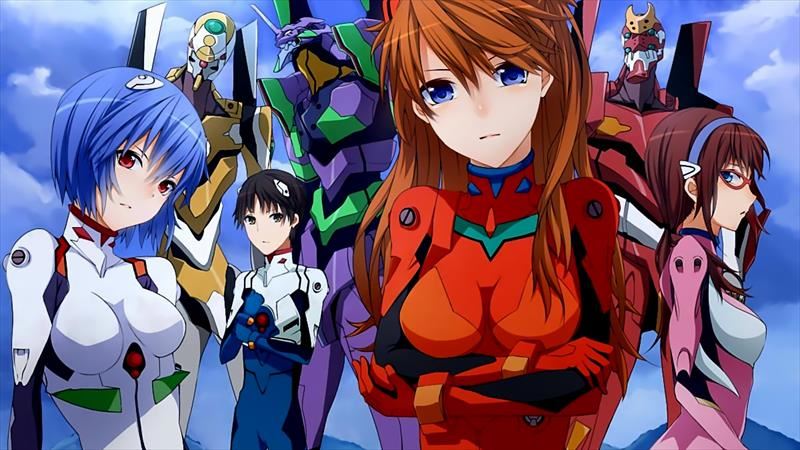
The method not only provides a naturalness in the anime, but also reduces the production costs of the same. It is the case of Neon Genesis Evangelion. A highly anticipated movie by fans. Produced in 1997, that's when rotoscoping started to be an option for artists.
However, with a tight budget, it was the only way the creators could find to make the film possible. the fight of Asuka Langley – one of the most important scenes of all the content of Evangelion – it was an example of the quality of the technique used. However, who launched its popularity was the film Cowboy Bebop: The Movie.
Unfortunately, some people use the Rotoscoping technique the wrong way, just to have less work when drawing the frames manually. This ends up creating works of low quality or that burn the eyes of those who watch.
Anime's biggest rotoscoping disaster
A common problem when talking about rotoscoping it's the anime Aku no Hana. Which tells the story of a boy who loves to read books and who admires his muse Nanako Saeki the distance. When a small problem arises that leaves him not knowing what to do, he is also blackmailed by an introverted student in the class. The young man feels frightened and brooding with guilt.
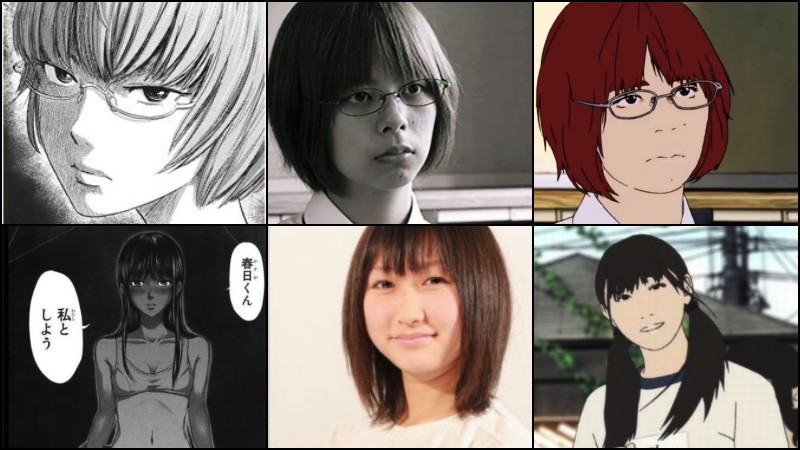
At first, the synopsis of Aku no Hana attracts the eyes of the fans of the genre shonen. Another drama of Japanese school life that brings out the characteristic romance of the style.
The idea was interesting, the studio wanted to make something original a anime with unique and different traits, despite the animation tax, the person in charge also made the mistake of not being a good director, screwing everything up with script and animation.
The interesting script provided the worst reception of rotoscoping of anime history. Being even a reference when talking about the illustration method. So, if you've heard the words "rotoscoping" and "bad” in the same sentence, the fault lies with Aku no Hana.
The bad reputation of the manga adaptation, originally from 2009, was due to the immense reality that the illustrators brought to the anime - which had only thirteen episodes. Soon, the beautiful script was left behind due to the quality of the animation. And unfortunately, humans are capable of remembering the bad parts.
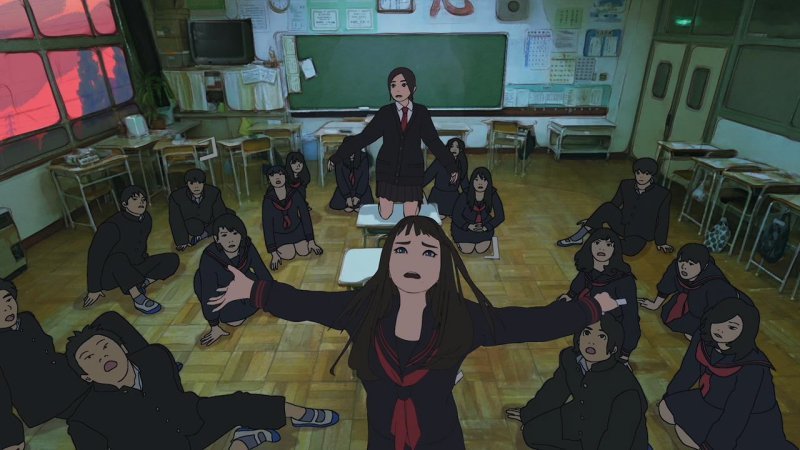
In 2015, a movie called Hana to Alice: Satsujin Jiken introduced to the public what the true technique of rotoscoping. Viewers evaluate the quality of the production: despite the low quality, clearly visible, in some scenes, the authors' proposal was certainly fulfilled.
Kowabon is another anime that used the tool in its production. From the horror genre, at first it seems more like a bad production – in the style of Aku no Hana. However, the poor quality of the technique used, according to spectators, provided a darker and more bizarre air to the script. In this case, the text and texture of the image have become merged. Generating fear and many scares.
What do you think of the Rotoscopy technique? Have you ever liked a work that uses this technique entirely or partially? If you liked the article, don't forget to share and leave your comments.

